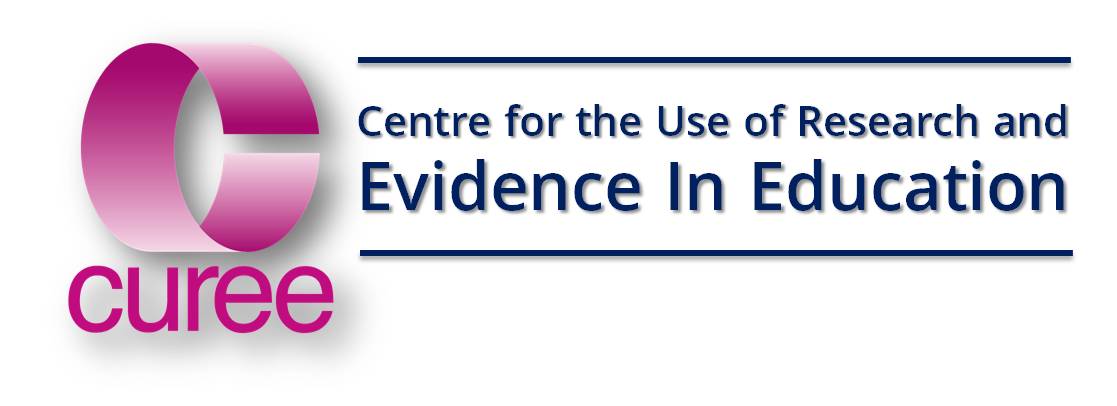Teacher Effectiveness Enhancement Programme (TEEP) Evaluation Report
CUREE evaluated the TEEP programme as offered by SSAT. Our role was to gather information on
- How teachers are embedding and developing TEEP in the classroom.
- How school leaders are contributing to developing the impact of the programme.
- How learners are responding and developing positive attitudes to learning.
The overall aim was to learn from schools what their experiences have been both pre and post TEEP training, what has proven most effective and any areas where they feel TEEP support can be improved. All schools took part voluntarily and they were assured complete confidentiality to encourage them to provide robust evidence about their involvement in the programme, its strengths and areas for development.
